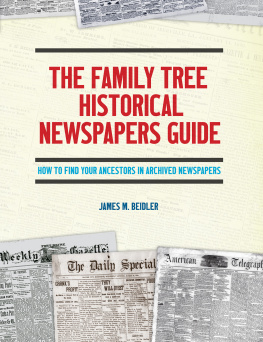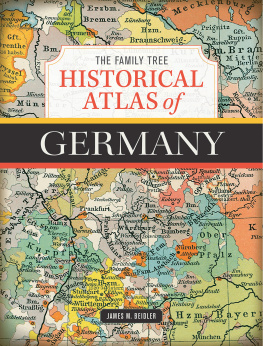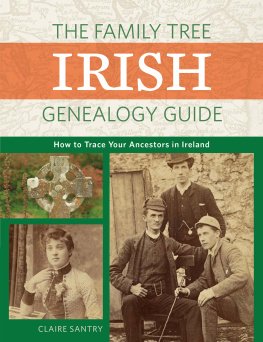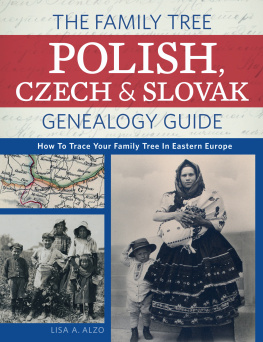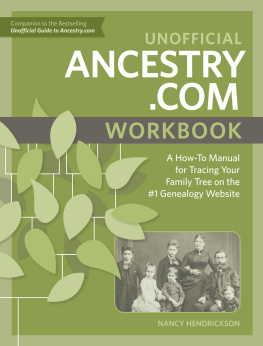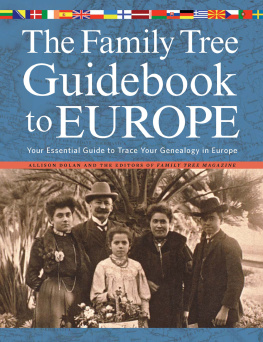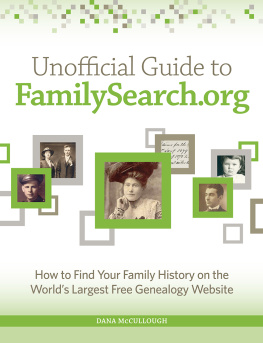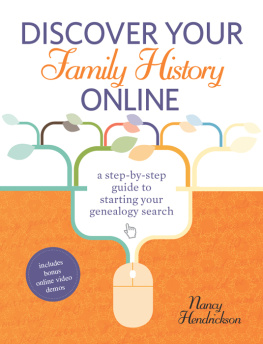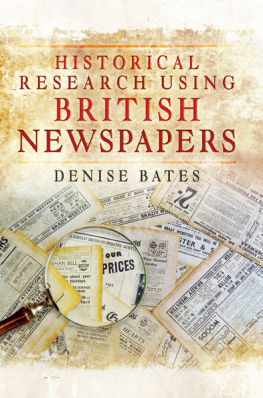Contents
Guide

THE FAMILY TREE
HISTORICAL
NEWSPAPERS GUIDE
HOW TO FIND YOUR ANCESTORS IN ARCHIVED NEWSPAPERS
JAMES M. BEIDLER

CINCINNATI, OHIO
familytreemagazine.com/store
CONTENTS
Learn how the most widely used print medium has affected society. This chapter will discuss the history of newspapers and why theyre significant when researching your family tree.
Jump-start your newspaper research! This chapter will give you a crash course in the various resources newspapers offer, from news articles to editorials to classifieds to social columns.
Read all about your ancestors major life events. This chapter will discuss how newspapers can clue you in to a communitys births, marriages, divorces, deaths, and other milestones.
Build your family tree using obituaries (the most widely known newspaper record) and other death notices in print.
Track down papers from your ancestors time. This chapter will discuss how newspapers were recorded throughout time, plus the formats they appear in today.
Explore the free resources that hold digitized newspapers (such as Chronicling America) with this wrap-up of websites for genealogists on a budget.
See what you can find on Newspapers.com, the sister site of genealogy giant Ancestry.com.
Uncover your ancestors in GenealogyBanks digitized collection of newspapers, obituaries, government documents, and more.
Broaden your research with these smaller for-pay resources, such as NewspaperArchive, FindMyPast, and more.
Locate individual newspapers with digital catalogs, such as the US Newspaper Directory and WorldCat. This chapter will show you how.
Uncover publications that provided the latest news for more-specific audiences, such as German speakers, African-Americans, or labor unions.
Research on a global scale with these techniques for finding newspapers from Canada, Europe, and more.
Save your newspapers for future generations (and cite them for future researchers) with this guide to keeping historical documents safe.
Watch this books techniques in action with these real-world success stories.
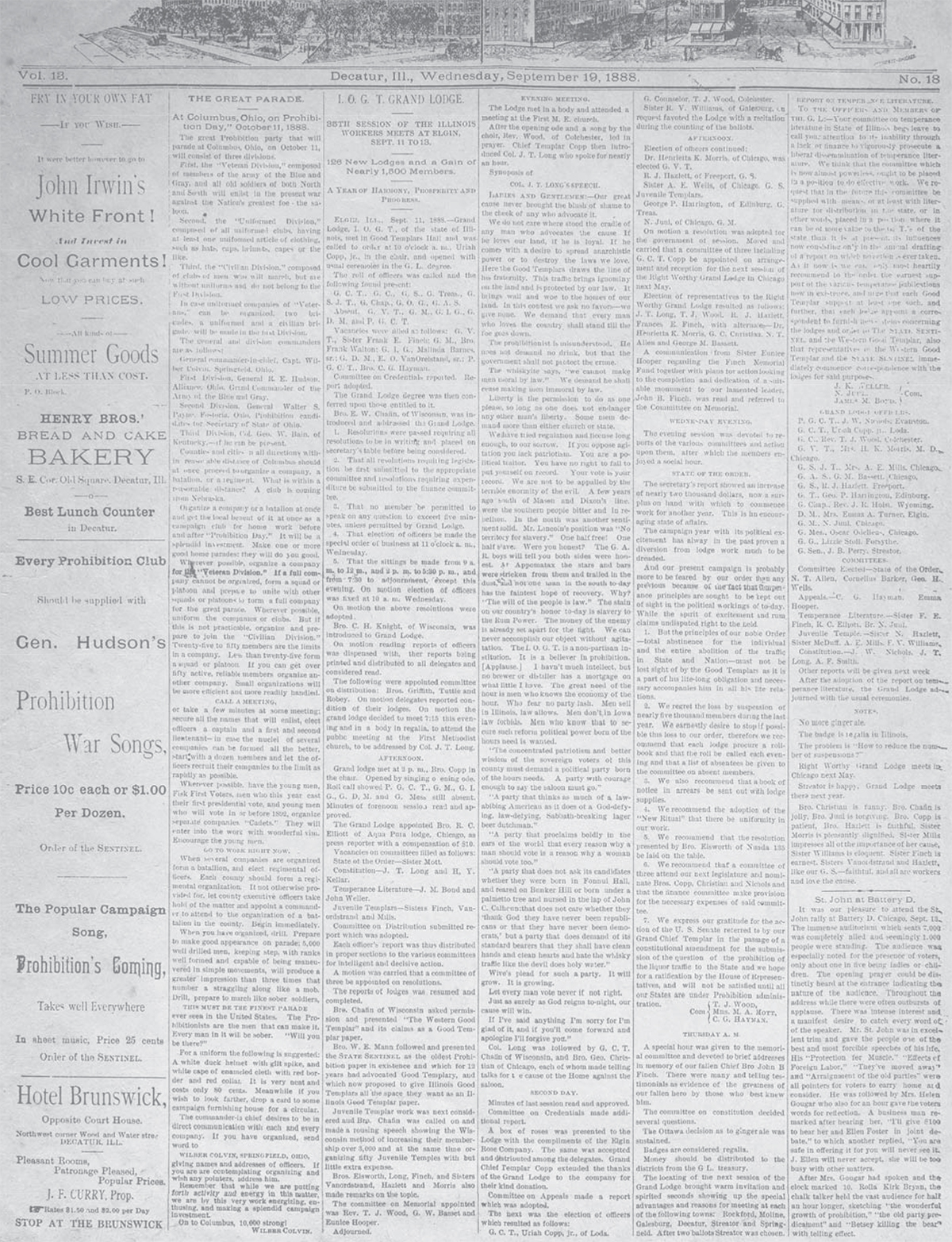
DEDICATION
The late Richard C. Old Pete Peters, who as managing editor of the (now defunct) Reading (PA) Times hired me for my first newspaper job as a copy boy, also gave me a bit of enduring advice upon leaving for college: Take as few journalism courses as possiblethey cant teach you to write. Take classes to learn what youre writing about. I became a political science major and economics minor, and its always served me well.
INTRODUCTION
My first full-time job was as a newspaper copy editor. And the first professional job of my genealogy career was doing a search for newspaper death notices for another genealogist. This book, therefore, has been marinating a long time. Its being published long after that first career ended. Its being published at a time when the traditional print editions of todays newspapers are becoming scarcer and scarcer. To paraphrase and recast a remark attributed to German Chancellor Otto von Bismarck (who once said the public should not see how either laws or sausages are made): I have seen how the sausage is made.
But despite whatever flaws there have been in producing newspapers under deadline, no type of record group available to genealogists has the same potential to offer insight on virtually every ancestoras well as the times in which those ancestors lived. Well see how valuable this powerful contextual background can be in examples throughout the book, from both professional and hobbyist genealogists.
As you will learn throughout this book, historical newspapers have become the hottest new group of old records in genealogy thanks to search technology and reproductions of newspaper pages from days gone by. And the continuing arc of digitization is the leading cause of increased access to and awareness about historical newspapers. Resources relating to newspapersfrom published and unpublished abstracts to genealogical newsletters to indexed online databasesoffer genealogists a multipronged approached to documenting their ancestors, most of whom were the common people. These same materials can help any sort of historical researcher get a much clearer on-the-ground view of social history than from more official records.
If you havent found your ancestors in newspapers, you simply havent searched enough newspapersyet! Keep reading to find out how.
James M. Beidler
January 2018
Leesport, Pennsylvania
PART 1
LEARNING THE BASICS
The Historical Role of Newspapers
With all the genealogical resources available to you, why should you take the time to research newspapers? As we discussed in the introduction, newspapers can provide information that no other record type can, presenting you with unique opportunities to breathe life into your familys story. And since newspapers were the social media of their time, they document the everyday lives of your ancestors and their communities.
This chapter will discuss the historical role of newspapers, giving you some foundations of how more than three centuries of newspaper publishing have played out in America. Well also discuss how time and place affect your genealogy research, plus how you can make your way through the rest of this book.
RESEARCHING TIME AND PLACE
Anyone working on family history needs to be familiar with genealogys first principles, such as researching specific questions (to keep research from being scattershot), working backward in time (instead of assuming a distant person with the same surname is automatically an ancestor, only to waste time and effort), and practicing whole family genealogy (studying records relating to siblings of direct-line ancestors for the information it can add).
WHAT IS A NEWSPAPER?
In a book about historical newspapers, theres probably no more basic concept than What is a newspaper? As it turns out, answering that question is more difficult than you might think. The US Newspaper Program, the nationwide effort that preserved thousands of crumbling newspapers on microfilm began in the 1980s (and which will be referenced later in this chapter as well as ), laid down three attributes for a newspaper:
- A serial publication designed to be a primary source of written information on current events connected with public affairs, whether local, national, or international in scope. It contains a broad range of news on all subjects and activities and is not limited to any specific subject matter.
- Newspapers are intended for the general public. The general public may be further qualified and/or limited by 1) geographic location (e.g., local community) and/or 2) ethnic, cultural, racial, political, or national group.
- A newspaper usually has some defining formatting characteristics. It is originally printed on newsprint, has a masthead (but not a cover), and is formatted in no fewer than four columns per page.

